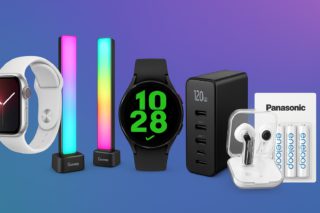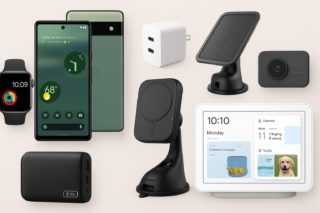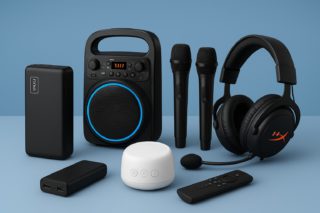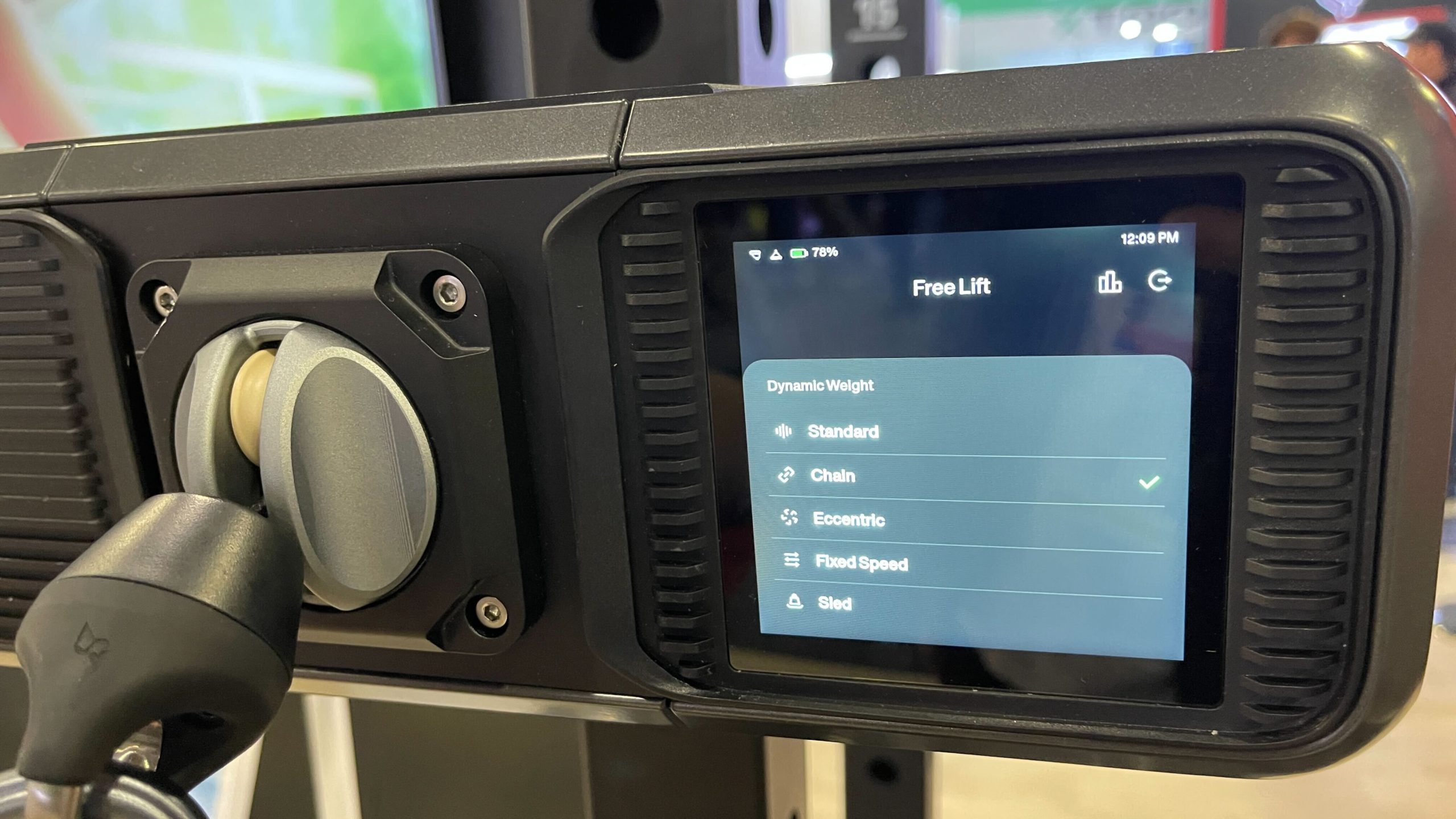You know Tesla’s minimalist design has gone too far when customers are MacGyvering safety ropes like they’re escaping from Alcatraz, not commuting to Starbucks.
The problem isn’t cosmetic—it’s deadly. Tesla’s sleek electric doors boost aerodynamics by 3% and shed 15 pounds per vehicle. But when those systems fail during crashes or fires, your Tesla transforms from luxury transport into an electronic tomb.
The Hidden Danger Behind Sleek Design
Tesla’s electric door system relies on 12-volt power from the main battery. During severe impacts or electrical fires, this power supply cuts out instantly—a safety feature that prevents electrocution but also disables your primary exit route.
The manual releases exist, but Tesla buried them like Easter eggs. Front doors hide the release under an unmarked tab near window switches. Rear passengers? Good luck finding the release behind removable panels under door mats that 90% of people never knew existed.
This design flaw has killed people. Multiple fatal incidents document passengers trapped inside burning Teslas until first responders smashed windows—one of several reasons why some people don’t want to buy a Tesla. That’s not acceptable for any vehicle, let alone one costing $60,000.
The Grassroots Fix
Tesla owners aren’t waiting for corporate solutions. They’re installing bright emergency cords that actually work when seconds count. Companies like EV Dynamics now sell professional kits for $22—versus Tesla’s official emergency accessories that cost $89 and still require you to find the hidden releases first.
The Reddit community has exploded with DIY tutorials. Users share photos of neon paracord installations, reflective tape markers, and glow-in-the-dark pulls. Because apparently, staying alive requires arts and crafts skills now.
Competition Does Safety Right
Meanwhile, Audi’s e-tron uses mechanical backup systems. Ford’s Mustang Mach-E employs force-activated handles that work during power failures. Fisker Ocean doors open with a strong pull—no hidden panels, no smartphone apps, no YouTube tutorials required.
Tesla’s solution? Use your phone app to manually release doors during emergencies. Because nothing says “crisis management” like unlocking your screen while your car fills with smoke.
Regulatory Reality Hits
European safety regulators aren’t buying Tesla’s aesthetic-over-accessibility philosophy. Starting in 2026, Euro NCAP will deny top safety ratings to vehicles using touchscreen-only or hidden emergency controls. Translation: fix this design or lose European sales.
The DIY rip cord movement exposes a fundamental problem in modern automotive design. When your emergency system needs a manual to operate, you’ve prioritized the wrong things.
Tesla’s doors work flawlessly 99.7% of the time. But that remaining 0.3% represents the difference between walking away from an accident and becoming a statistic. No amount of sleek design justifies making emergency exits harder to find than a decent Wi-Fi signal at the airport. With Tesla set to launch the six-seat model Y in China, it’s worth waiting to see if these models have the issues fixed, as new variants present an opportunity for Tesla to address these critical safety concerns.




























